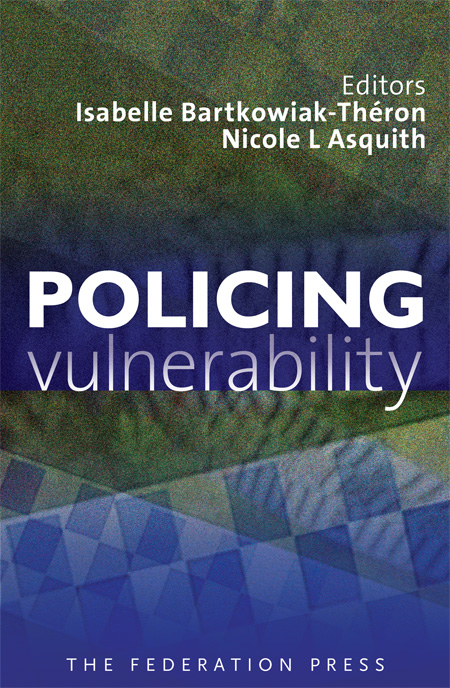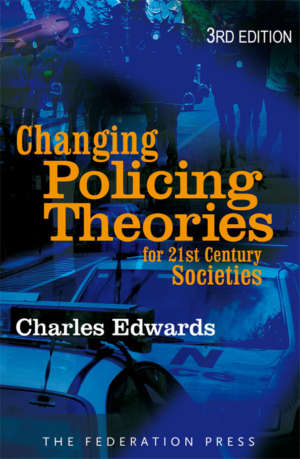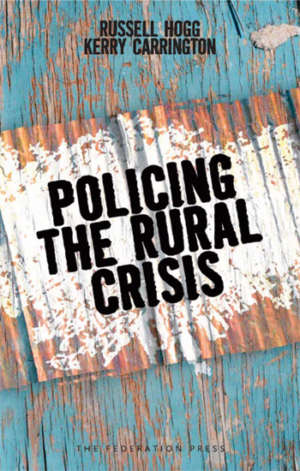Product Description
In a constantly evolving context of performance management, accountability and risk assessment, police organisations and frontline police officers are required to pay careful attention to what has come to be known as ‘at risk people’, ‘vulnerable populations’ or ‘vulnerable people’. Vulnerable people have become a key focus of policy.
Concurrently, there have been stronger demands on police, and a steep increase in police powers in relation to their interaction with vulnerable people. The premise of this protectionist and interventionist agenda is threefold: to protect the rights of vulnerable individuals proactively cater for their vulnerability within the justice system; and to secure police operations and protocols within strict guidelines.
This collection unpacks ‘vulnerable people policing’ in theory and practice and guides the reader through the policing process as it is experienced by police officers, victims, offenders, witnesses and justice stakeholders. Each chapter features a single step of the policing process: from police recruit education through to custody, and the final transfer of vulnerable people to courts and sentencing.
This edited collection provides analytical, theoretical and empirical insights on vulnerable people policing, and reflects on critical issues in a domain that is increasingly subject to speedy conversion from policy to practice, and heightened media and political scrutiny. It breaks down policing practices, operations and procedures that have vulnerable populations as a focus, bringing together original and innovative academic research and literature, practitioner experience and discussion of policy implications (from local and international perspectives).
The particular nature of this collection highlights the multi-disciplinary nature of police work, sheds light on how specific, mandatory policies guide police officers steps in their interaction with vulnerable populations, and discusses the practicalities of police decision making at key points in this process.









